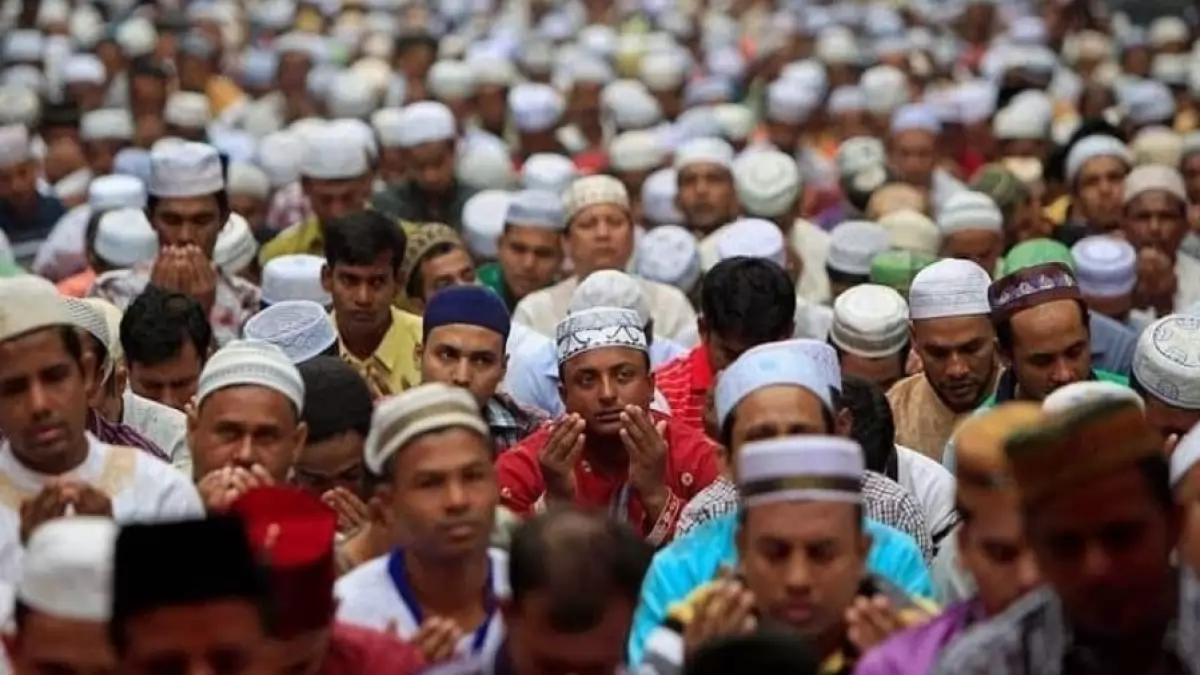The new report of the Pew Research Center has presented shocking figures about the changes in the global religious population. The decade between 2010 and 2020 was historic for the Muslim population, in which their number increased by 347 million to 2 billion. This growth was not only more than other religions, but the increase in the Muslim population alone was also more than the total number of Buddhists (324 million).
During this period, the Christian population increased by 122 million to 2.3 billion, while the Hindu population increased by 126 million to 1.2 billion. However, the global proportion of Hindus remained stable at 14.9%.
Change in population ratio
In 2010, Muslims were 23.9% of the world’s population, which increased to 25.6% by 2020. At the same time, the proportion of Christians decreased from 30.6% to 28.8%. The biggest reason behind this change was the higher birth rate in the Muslim community, which averaged 2.9 children per woman, while this rate was 2.2 among non-Muslim women.
Demographic reasons and social impact
There are many demographic reasons behind the rapid increase in the Muslim population, the main one being the low average age of the Muslim community which is around 24 years, while the average age of non-Muslims was around 33 years. Due to the abundance of this young population, the demand for education, employment and health services is constantly increasing. Also, the fertility rate among Muslim women is relatively high which can have a big impact on the global population balance in the future and may require changes in socio-economic policies.
Regional distribution
In 2020, the most Muslims were in the Asia-Pacific region about 1.2 billion. This was followed by 414 million Muslims in the Middle East-North Africa and 369 million Muslims in Sub-Saharan Africa. Interestingly, only 20% of Muslims live in the region of origin of Islam, while countries like India, Pakistan, Indonesia and Bangladesh have a large Muslim population.
Europe and North America have also seen a growth in Muslim population, although their numbers are comparatively less there. Still, the growth rate of Muslims in these regions has been higher than that of non-Muslims.

